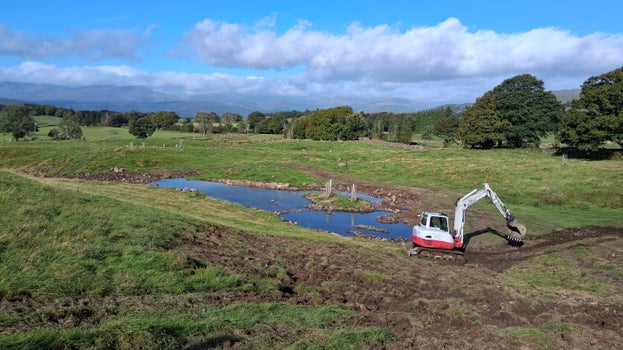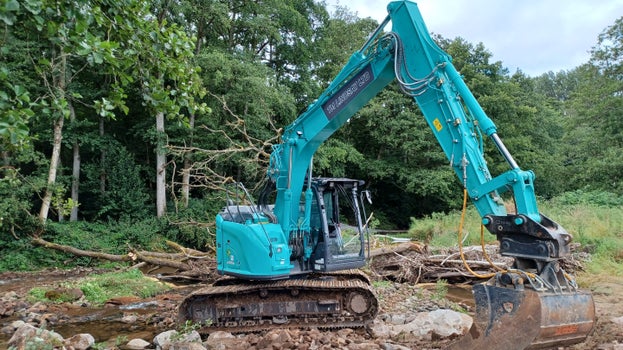27 November 2025
Char Spawning on the Liza
We’re delighted that Arctic Char have been spotted spawning on the River Liza once again this winter.
Ennerdale Water and the River Liza are home to England’s last remaining migratory Arctic Char population. Our river restoration project, delivered this summer in partnership with Wild Ennerdale, reconnected the river to it’s delta by removing embankments and digging chute channels to encourage the water to flow out across the delta. We also installed features in the river to create a variety of habitats, like riffles and large woody debris.
Now Artic Char have been spotted taking full advantage of the new habits by spawning in areas they’ve not been spotted in before. Apparently, they are particularly keen on using the woody habitats we installed in the river channel itself.
We look forward to hearing more Char success stories in the future!


















































